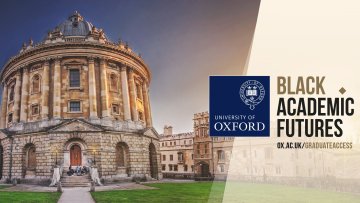Towards a Riemann-Hilbert correspondence for D-cap-modules
Abstract
Locally analytic representations of $p$-adic Lie groups are of interest in several branches of number theory, for example in the theory of automorphic forms and in the $p$-adic local Langlands program. To better understand these representations, Ardakov-Wadsley introduced a sheaf of infinite order differential operators $\overparen{\mathcal{D}}$ on smooth rigid analytic spaces, which resulted in several Beilinson-Bernstein style localisation theorems. In this talk, we discuss the current research on analogues of a Riemann-Hilbert correspondence for $\overparen{\mathcal{D}}$-modules, and what this has to do with complete convex bornological vector spaces.


